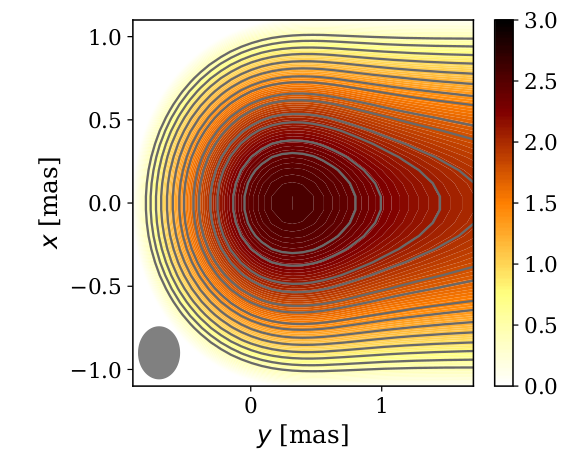
Electromagnetic emission from supermassive binary black holes
How can we identify the presence of two supermassive black holes orbiting each other through electromagnetic emission? What are the specific electromagnetic signatures one could expect to observe from these systems? If the black holes produce relativistic jets, how do they interact between themselves?


